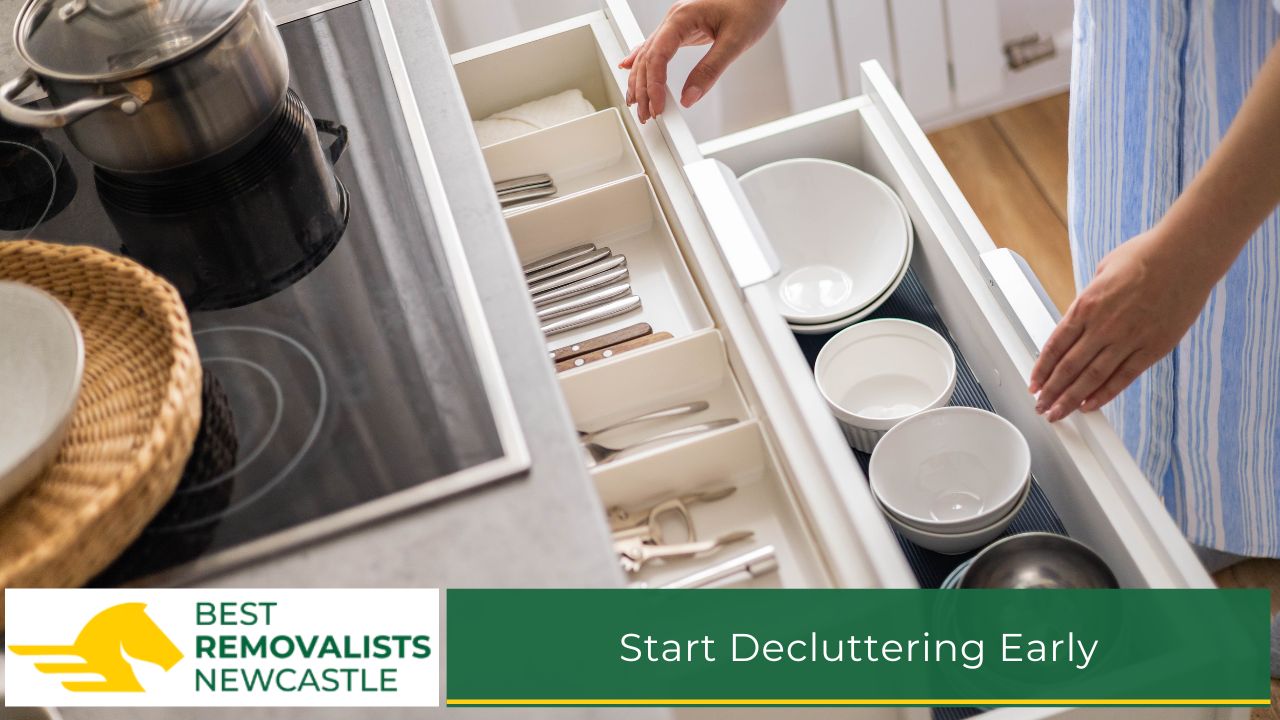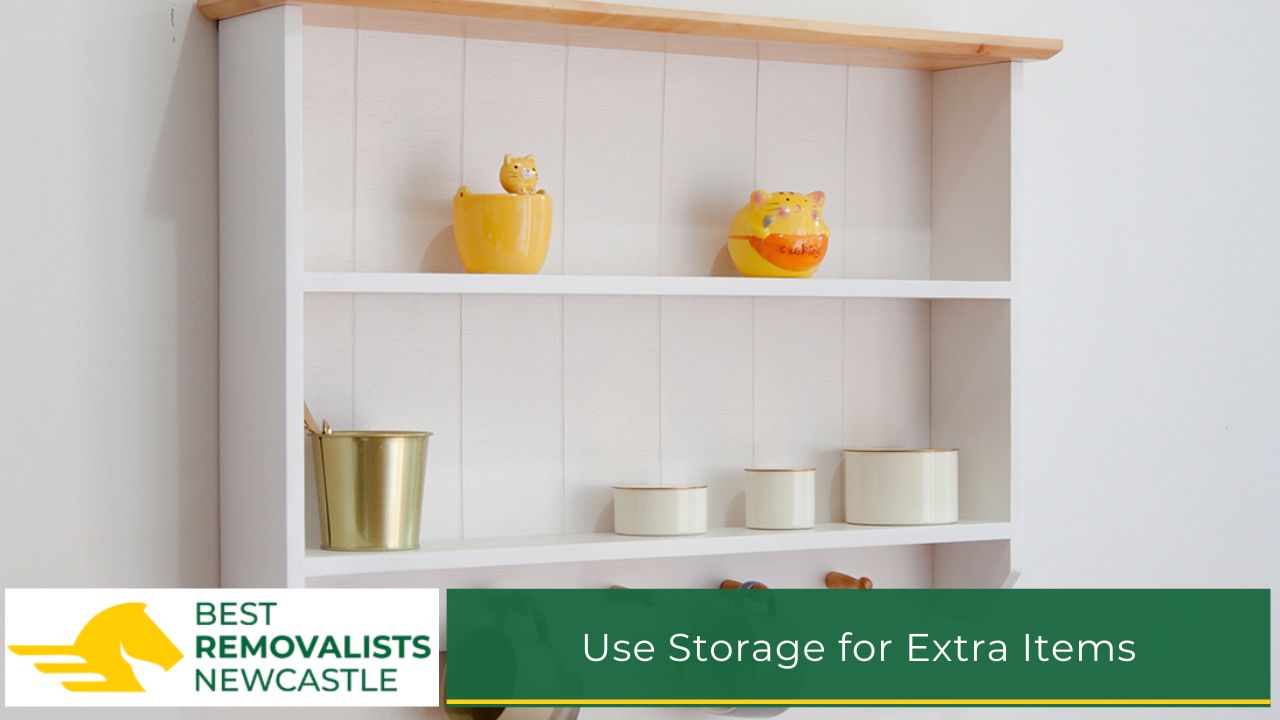Moving senior family members can feel overwhelming, especially when emotions and logistics come into play. Whether moving to a smaller home, a relative’s place, or transitioning into an assisted living community, good planning can make the process much easier.
This guide offers simple steps to help make the move smooth and stress-free.

1. Make a Plan for the New Space
Start by understanding the layout of the new home. Measure the rooms and furniture to see what will fit. Think about how the space will be used daily. Keep the setup simple and comfortable to avoid clutter.
For seniors with mobility needs, check that the space is safe. Look for things like non-slip mats, grab rails in bathrooms, and clear walkways. Preparing a plan for furniture and belongings helps avoid surprises during the move.

2. Involve Seniors in Decisions
Include your loved one in decisions about the move. Let them choose which items to take and which to leave behind. Belongings like heirlooms, photographs, or favourite furniture can help them feel at home in the new place.
Having these conversations helps ease anxiety. It’s also a good time to share memories and talk about the history behind cherished items. This makes the move feel more personal and less overwhelming.

3. Start Decluttering Early
Downsizing can feel overwhelming, so it’s best to start early. Go through items one step at a time. Sort belongings into groups: things to keep, donate, sell, or throw away. This makes the process feel manageable.
Donating useful items to charity or passing them to friends or family can feel rewarding. If there are items of value, consider selling them through a garage sale or online platform. Taking this step slowly allows seniors to adjust without feeling rushed.

4. Use Storage for Extra Items
Sometimes, seniors have belongings they don’t need right away but still want to keep. Renting a storage unit is a good option for these items. Choose a safe and easy-to-access facility, and label everything clearly.
Using storage gives flexibility. Seniors can hold onto meaningful belongings without having to decide everything at once. It also helps avoid clutter in the new home.

5. Get Help from Family or Professionals
A move is easier when responsibilities are shared. Family members can help with packing, organising, and setting up the new home. Giving everyone a specific task helps things go smoothly.
If family isn’t available, professional moving services can be a great solution. Look for movers who specialise in helping seniors. They can handle belongings with care and make the process much easier.

6. Make Travel Comfortable
Travel arrangements should focus on comfort and safety. For long trips, plan regular stops so your loved one can rest. If flying, let the airline know about any special needs in advance.
Pack a small bag with essentials like medications, important documents, and snacks. Keep mobility aids close at hand during the trip. Taking a little extra care ensures your loved one feels relaxed during the journey.

7. Sort Healthcare Needs Before the Move
Healthcare is one of the most important things to organise during a move. Research doctors, pharmacies, and hospitals near the new home. Make sure medical records are transferred to the new healthcare provider ahead of time.
If your loved one has ongoing medical needs, ensure medications are stocked and ready. Preparing healthcare services in advance avoids stress later and keeps your loved one’s care uninterrupted.

8. Review Legal and Financial Documents
A move is a good time to update important paperwork. Check that wills, powers of attorney, and financial documents are current. If the move involves property changes or long-term care plans, seek legal advice.
Organising these details before the move keeps everything in order and avoids problems in the future. It also provides peace of mind for everyone involved.

9. Provide Emotional Support
A move can bring mixed emotions for seniors, especially if they are leaving a long-time home. Acknowledge these feelings and offer reassurance. Visits to the new home before the move can help them feel more comfortable and familiar with the space.
If moving to an assisted living community, encourage your loved one to join activities or meet other residents before the transition. Feeling connected to the new environment makes the change less stressful.

10. Set Up the New Home Thoughtfully
Making the new home feel welcoming helps seniors settle in more easily. Arrange furniture and belongings in a way that feels familiar. Display personal items like family photos, favourite books, or treasured keepsakes to create a sense of home.
Ensure the space is ready for immediate use. Set up the bedroom and bathroom with everything they’ll need right away. These small touches make a big difference in helping your loved one feel at ease.

Final Thoughts
Moving a senior family member doesn’t have to be overwhelming. With good planning and a thoughtful approach, it can be a positive experience. Taking the time to prepare, involve your loved one, and focus on their emotional and physical needs helps create a smooth transition.
A move like this is more than a logistical task. It’s an opportunity to show care and support during an important life change. With the right steps, you can ensure your loved one feels safe, comfortable, and ready to embrace their new home.
Need Help Making the Move Easier?
If you’re looking for professional support to handle the moving process with care and expertise, reach out today. Our experienced team specialises in senior relocations, ensuring a smooth and stress-free experience. Let us help you create a comfortable transition for your loved one.
Contact us now to discuss your needs.

